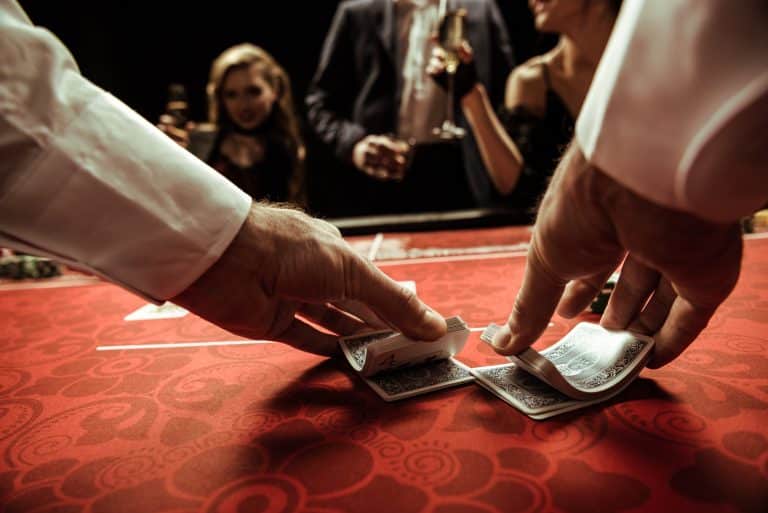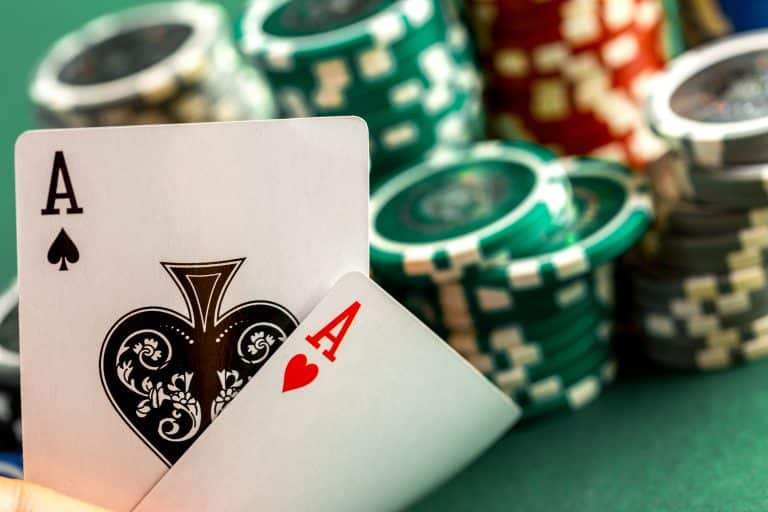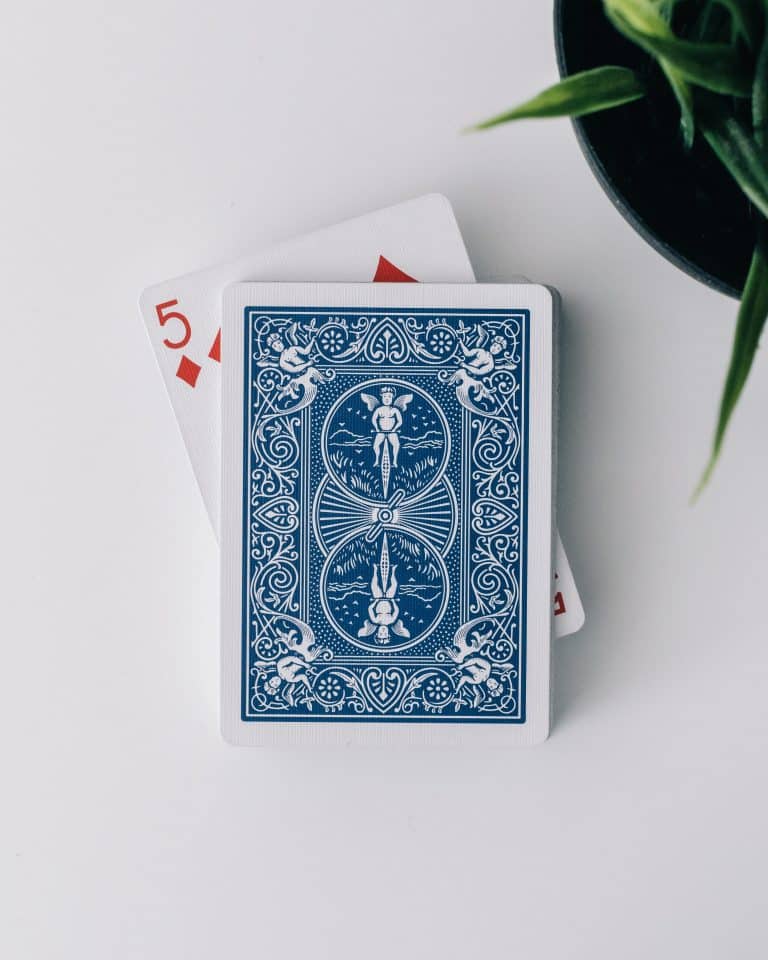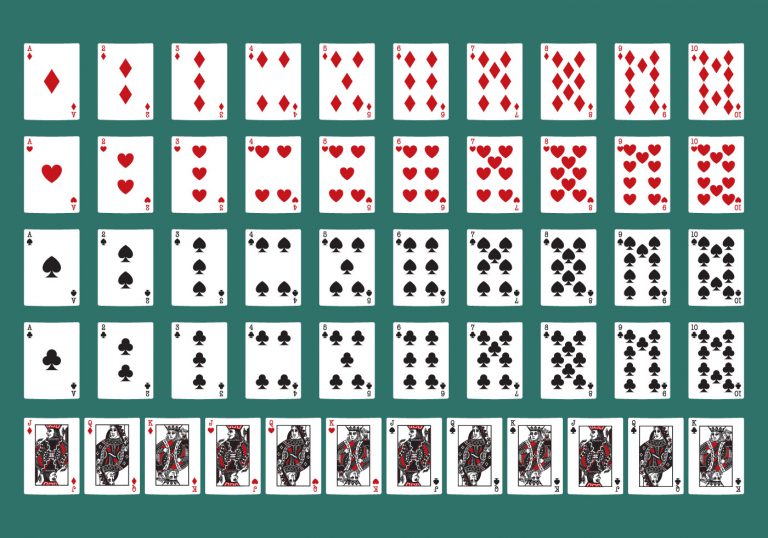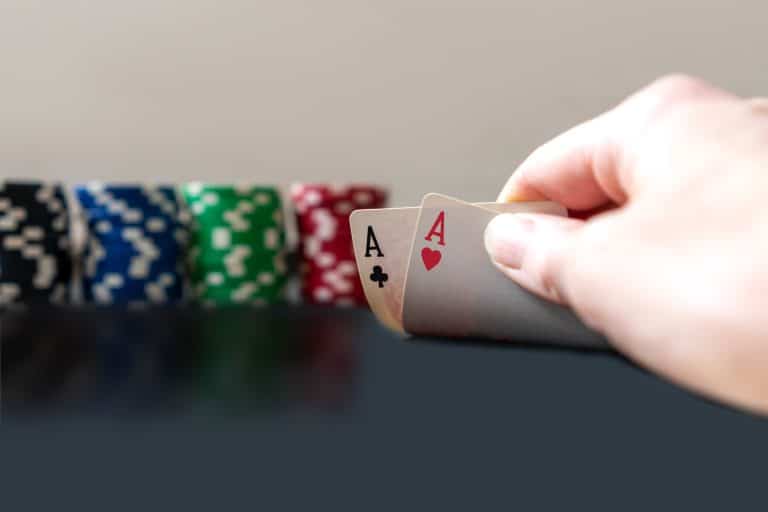Poker is a game that is as much about psychology as it is about skill. From reading your opponents to bluffing your way to a win, understanding how people think and react is key to succeeding at poker. But what about the cards themselves? It turns out that even the seemingly minor details of poker cards can have a significant impact on gameplay. In this article, we’ll explore the psychology of poker cards and how factors like color, design, and texture can affect the way we play the game. Whether you’re a seasoned pro or just starting out, understanding the impact of these elements can help you improve your game and increase your chances of success.
Color Psychology in Poker Cards
Color is a powerful psychological tool that can evoke different emotions and reactions in people. In poker, the color of the cards can impact gameplay in a variety of ways.
Firstly, different colors can have different meanings and associations. For example, red is often associated with danger, excitement, and passion, while blue is often associated with calmness, trustworthiness, and intelligence. These associations can be subconsciously picked up by players, potentially influencing their decision-making and gameplay.
Moreover, certain colors can create contrast or blend in with the table, affecting the visibility of the cards. For example, using red cards on a red tablecloth may make it harder to distinguish them from the background, while using black cards on a green tablecloth may create a stronger contrast and make them easier to spot.
Additionally, some players may have personal preferences for certain colors or superstitions around them. For example, a player may always choose red cards because they believe they bring good luck, or avoid blue cards because they associate them with losing hands.
Overall, the color of poker cards may seem like a small detail, but it can have a significant impact on the psychology of gameplay. By understanding the potential effects of different colors, players can make more informed decisions and potentially gain an edge over their opponents.
Design Elements of Poker Cards
The design of poker cards can also have a significant impact on gameplay. Here are some design elements to consider:
- Shapes and Symbols: The shape and symbols on the cards can affect gameplay in various ways. For example, some players prefer cards with larger symbols for ease of recognition, while others prefer smaller symbols for a cleaner look. Additionally, certain symbols may be more familiar or recognizable to some players, potentially giving them an advantage.
- Patterns: Patterns on the back of the cards can also influence gameplay. A busier pattern may make it harder for opponents to identify individual cards, while a simpler pattern may be easier to read. Some patterns may also be more aesthetically pleasing to certain players, potentially affecting their mood and concentration.
- Images: Many poker cards feature images of people, animals, or other objects. These images can evoke different emotions and associations in players, potentially influencing their decision-making. For example, a card featuring a king may subconsciously signal power and authority, potentially giving a player a boost of confidence.
- Card Size: The size of the cards can also impact gameplay. Larger cards may be easier to hold and shuffle, while smaller cards may be more portable and easier to manage. The size of the cards may also affect the way they are dealt and handled during gameplay.
Overall, the design of poker cards can have a subtle yet significant impact on the psychology of gameplay. By understanding these design elements, players can potentially use them to their advantage and gain a competitive edge.
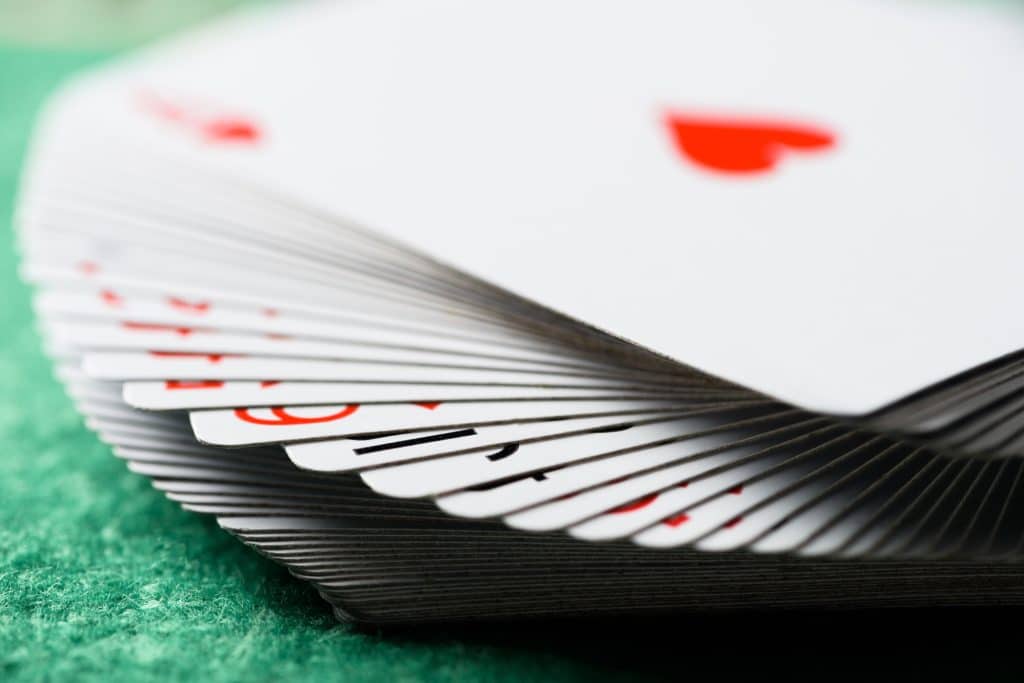
Texture and Material of Poker Cards
The texture and material of poker cards can also have an impact on gameplay. Here are some things to consider:
- Texture: The texture of the cards can affect the way they feel in the hand, potentially influencing the way players handle and deal them. For example, some players may prefer cards with a smooth texture for easy shuffling, while others may prefer a slightly rough texture for better grip.
- Durability: The material of the cards can also affect their durability and lifespan. Plastic cards are generally more durable and can withstand more wear and tear, while paper cards may be more prone to damage over time.
- Sound: The material of the cards can also affect the sound they make when dealt or shuffled. Some players may prefer the sound of plastic cards because they are louder and more satisfying, while others may prefer the quieter sound of paper cards.
- Cost: The material of the cards can also impact their cost. Plastic cards are generally more expensive than paper cards, but they may be a better investment in the long run due to their durability.
Overall, the texture and material of poker cards may seem like a minor detail, but they can impact gameplay in subtle ways. By understanding these factors, players can potentially choose cards that best suit their preferences and playing style.
The Intersection of Color, Design, and Texture in Poker Cards
The intersection of color, design, and texture in poker cards is where the real magic happens. Here are some ways these elements can come together to impact gameplay:
- Aesthetics: The overall look and feel of the cards can impact the mood and mindset of the players. For example, a deck of cards with a bold, modern design may create a feeling of excitement and energy, while a deck with a classic, elegant design may create a feeling of sophistication and refinement.
- Usability: The combination of color, design, and texture can impact the usability of the cards. For example, a deck with large symbols and a contrasting color scheme may be easier to read and use during gameplay, while a deck with small symbols and a busy design may be more difficult to navigate.
- Branding: The combination of color, design, and texture can also be used for branding purposes. For example, a casino may use custom-designed cards with their logo and branding colors to create a sense of consistency and branding throughout their poker tables.
- Personal Preferences: Players may have personal preferences for certain combinations of color, design, and texture. For example, a player may prefer cards with a smooth texture, a classic design, and a red color scheme. These personal preferences may impact the way they feel and perform during gameplay.
Overall, the intersection of color, design, and texture in poker cards can impact gameplay in a variety of ways. By understanding how these elements work together, players can potentially choose cards that best suit their preferences and playing style, potentially giving them an advantage over their opponents.
Conclusion
The psychology of poker cards is a fascinating topic that encompasses many different elements, including color, design, and texture. These elements can impact gameplay in subtle ways, potentially giving players an advantage or disadvantage depending on their preferences and playing style. By understanding how these elements work together, players can make informed choices when selecting their cards, potentially improving their performance and overall gaming experience. Whether you are a casual player or a seasoned pro, taking the time to consider the psychology of poker cards can lead to a deeper appreciation and enjoyment of the game.

